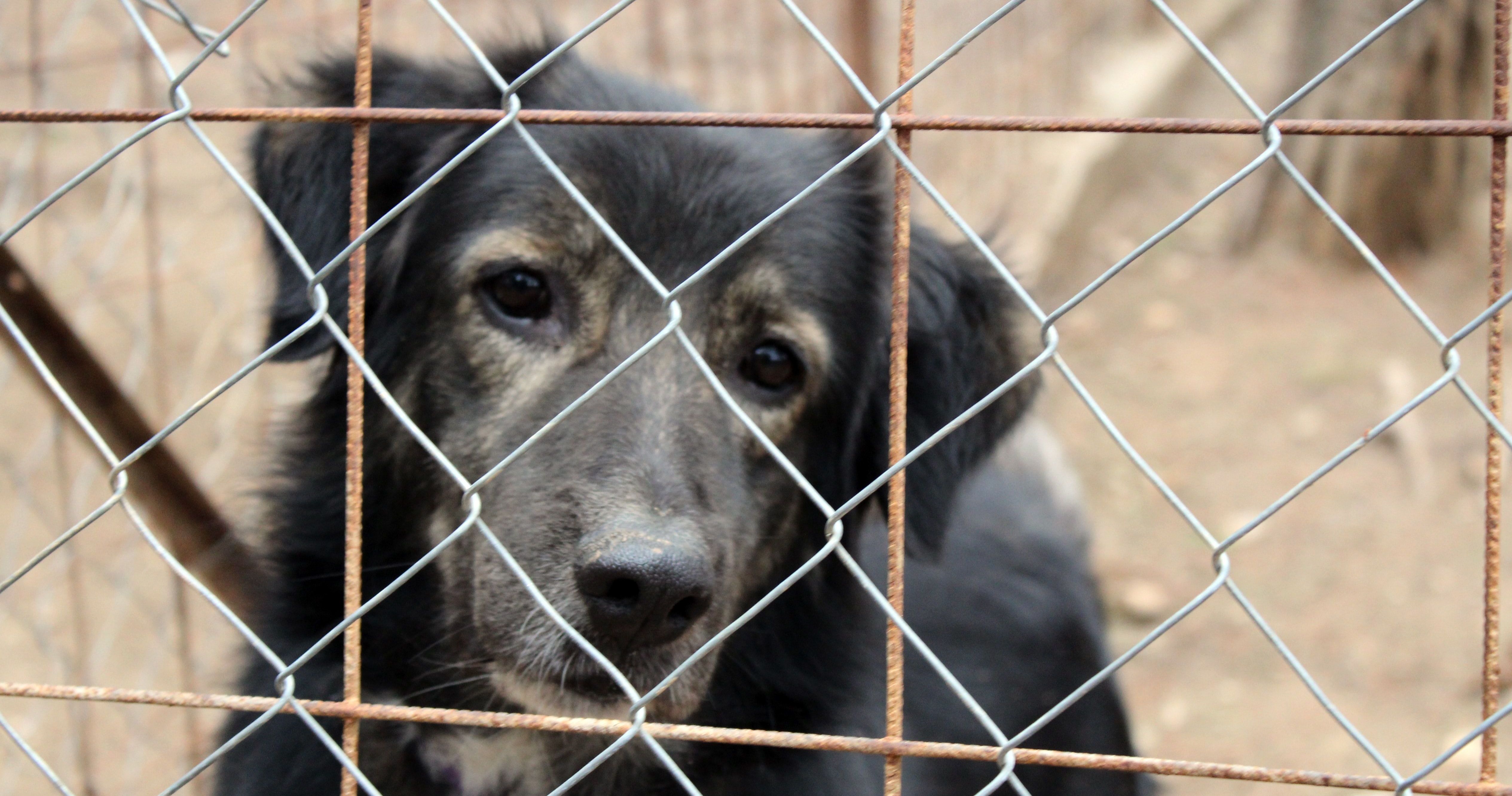Fostering a dog can be a big decision, but also something that’s incredibly rewarding. There are both pros and cons of deciding to foster dogs, and there’s a lot to think about.
For example, will you be able to deal with the emotions of giving the dog to its new owners if it’s adopted?
What about safety risks? There’s no guarantee when you foster a dog that it won’t be aggressive. Do you have children? What would you do if the dog exhibited aggressive behavior while you were fostering it?
The following are some of the crucial things to know as you’re deciding whether not being a dog foster parent is the right decision for you.
Are You Ready?
Fostering a dog is a big commitment in many ways. It’s, in particular, a time commitment.
So, before you decide to try fostering, ask yourself a few questions.
First, do you genuinely have space both in your home and in your schedule to give a dog the love and attention they temporarily need? What are your reasons for wanting to foster? Some good reasons include wanting to provide your current dog with some companionship or because you’ve been thinking about getting a dog but you’re not sure if you’re ready for that step just yet.
What Kind of Dogs Are Usually Fostered?
Shelters will often foster out dogs when they are having a hard time in the shelter, or in some cases, if they need more attention than what shelter workers can provide. That can include puppies who can’t be adopted yet because they’re too young.
A shelter might foster out dogs if it’s too crowded and they’ve run out of room, or if they want to learn more about a dog’s personality and what that might look like in a home setting.
If a dog is young and has a lot of energy, fostering it out might help make it more ready for adoption.
Some dogs are shy, so the shelter might want to get them used to be around people, or a dog could be fostered out when recovering from an illness or injury.
Not all foster groups work out of shelters. For example, there are some rescue groups that entirely focus on fostering dogs.
Are There Costs?
You won’t get paid to foster a dog, and you will have to pay for some of the things the dog will need while they’re with you. For example, you may have to invest in some items to prepare your home for a foster dog.
You may need a dog bed and brush, toys, training treats, and perhaps some baby gates.
The specifics of what you’re expected to provide and cover should be outlined in your foster agreement. Usually, an agreement will include the length of time you’ll foster the dog, and it should outline what the rescue or shelter will provide. It will also include details like who is responsible for purchasing preventative medications and providing vet care if it’s needed.
The rescue or shelter should also tell you of any pre-existing health conditions a dog might have before you agree to foster them.
If you’re going to foster a dog that’s not spayed or neutered yet, then your agreement should outline who is responsible for that.
What About Fostering a Dog with Behavior Issues?
It could be that you’re asked to foster a dog with behavioral or emotional issues.
Very commonly, dogs in rescues and at shelters do have these issues.
You have to think about how much you’re up to the challenge.
There can be a lot of things that are difficult to deal with. For example, the dog might not have any housetraining, or it could be territorial with its food. Some dogs will bite when they feel threatened or cornered.
It will be up to you when you’re fostering a dog with certain issues to help them learn how to trust people once again. That’s actually one of the most important things you can achieve when you are fostering a dog.
You have to work with them and be patient as you show them not to be afraid of you.
You may find that while it’s tough at first, this ends up being very rewarding for you.
Will You Be Able to Return the Dog When Your Period of Fostering Ends?
Undoubtedly, one of the most challenging parts of fostering a dog is then giving it up when your period of fostering is over. You will probably have an emotional attachment to the dog that’s lived with you for a period of time. Even so, you will have to turn the dog over hopefully to their new adopted home and perhaps to the shelter.
If the dog isn’t already adopted, you may be able to adopt him.
If you can’t, you have to remind yourself that it’s your hard work and dedication that is now allowing your foster dog to go into a loving new home.
What Are the Requirements?
Every organization will have its own guidelines and requirements as far as deciding on foster dog parents. The organization will want to know more about your home situation and family, and your experience with dogs. You’ll probably have to attend at least one training session, and staff from the shelter or rescue organization might visit your home.
There may be a coordinator who will help you figure out the specific dog that’s right for you to foster.
There are different ways to get started fostering dogs if you’ve decided it’s right for you. Connecting with a reputable rescue organization is usually a good first step.
If you’re ready for the challenges that come with it, you may find that you enjoy fostering dogs quite a bit, and you can change the course of the life of the dog that you take into your home. With that being said, it’s not right for everyone so be honest with yourself about your potential limitations.

